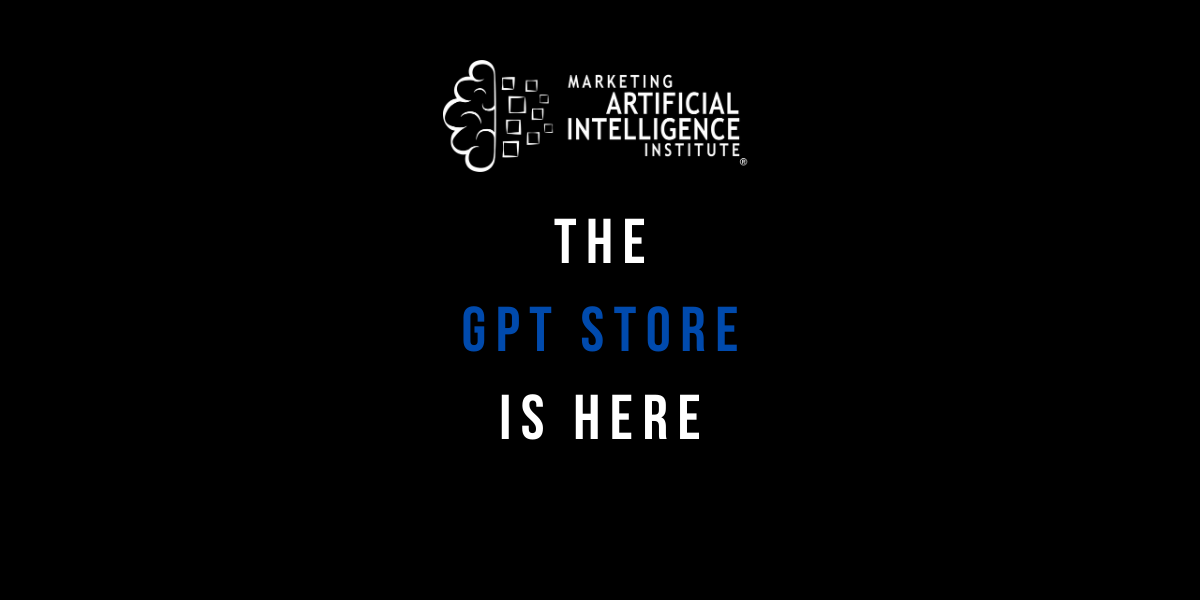OpenAI has launched the GPT Store to ChatGPT Plus, ChatGPT Team, and ChatGPT Enterprise users.
The GPT Store features GPTs built by users and OpenAI partners. (As a reminder: GPTs are customizable versions of ChatGPT you can build without code.)
Right now, the GPT Store is relatively simple. You can browse top GPTs by categories like Writing or Productivity. You can search the whole GPT Store for GPTs. Or you can look at which GPTs are trending overall.
Some early GPTs available include:
- A GPT that helps you find hiking trails.
- A GPT research assistant.
- And a GPT that teaches you how to code.
A revenue-sharing program is also coming sometime in Q1, says OpenAI. The program will pay people whose GPTs see lots of user engagement. Right now, there aren't any more details than that, but the company says they're coming.
To access the GPT Store, log in to your ChatGPT account, click "Explore GPTs," and you'll go right to the store. (This is only available right now in ChatGPT Plus, Team, or Enterprise accounts.)
Once you're in the store, you just click on a GPT and you can immediately start using it. If you like it, you click "Keep in sidebar" to essentially bookmark it in your account.
What do you need to know about the GPT Store?
On Episode 79 of The Marketing AI Show, I spoke with Marketing AI Institute founder/CEO Paul Roetzer to find out.
The GPT Store Is Interesting—But It Needs Some Work
The ability for firms to instantly use custom GPTs through the GPT Store is going to be a big deal, says Roetzer. You can now find GPTs for your company's top use cases, then roll them out via ChatGPT Team licenses.
But right now, the GPT Store is still limited and somewhat difficult to navigate, says Roetzer.
“It’s hard to know what’s valuable.”
That’s because the store is currently flooded with tons of GPTs, some good and many bad, with no rating system.
Plenty of the results sound spammy. And it's easy to waste a ton of time trying to figure out which GPTs are worth testing
Trust also quickly becomes an issue. Right now, it’s unclear what the creators of GPTs have access to when it comes to your data.
But the promise of GPTs is clear:
“With GPTs, you can pre-structure the prompts and do all the background work for people,” says Roetzer.
That makes it much easier for people to get started using ChatGPT.
And, for brands, GPTs unlock some serious value, whether you decide to list them in the GPT Store or not.
They give non-developers the power to build things. That's because you can take your expertise (think: all your frameworks, processes, and strategies) and bake that right into an app that scales. You don't need the GPT Store to do that.
Which is good news. Because, right now, the GPT Store needs some work to be truly useful.
Mike Kaput
Mike Kaput is the Chief Content Officer at SmarterX and a leading voice on the application of AI in business. He is the co-author of Marketing Artificial Intelligence and co-host of The Artificial Intelligence Show podcast.


